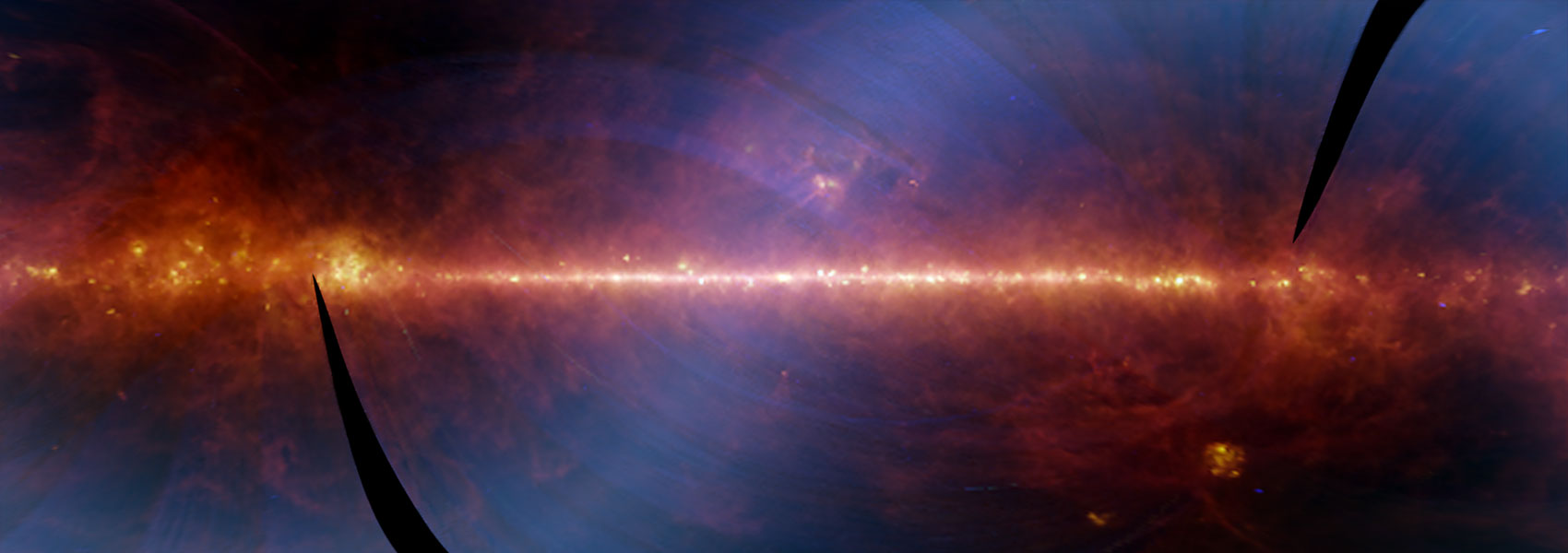The diffuse extragalactic background light (EBL) is formed by ultraviolet (UV), optical,
and infrared (IR) photons mainly produced by star formation processes over the history
of the Universe, and contains essential information about galaxy evolution and cosmology.
In this talk, we present a new determination of the evolving EBL spectral energy distribution
using a novel approach purely based on galaxy data aiming to reduce current uncertainties
on the higher redshifts and IR intensities. Our calculations use multiwavelength observations
from the UV to the far-IR of a sample of approximately 150,000 galaxies detected up to z~6 in
the five fields of the Cosmic Assembly Near-Infrared Deep Extragalactic Legacy Survey
(CANDELS) from the Hubble Space Telescope. This is one of the most comprehensive and
deepest multi-wavelength galaxy datasets ever obtained. These unprecedented resources
allow us to derive the overall EBL evolution up to z~6 and its uncertainties. Our results agree
with cosmic observables estimated from galaxy surveys and gamma-ray attenuation such as
monochromatic luminosity densities, including those in the far-IR, and star formation rate
densities, also at the highest redshifts. We will also discuss the gamma-ray optical depths
that are derived from our EBL approximation and how we can measure the expansion of the
Universe using very high energy observations of blazars with Fermi-LAT and imaging atmospheric
Cherenkov telescopes.



